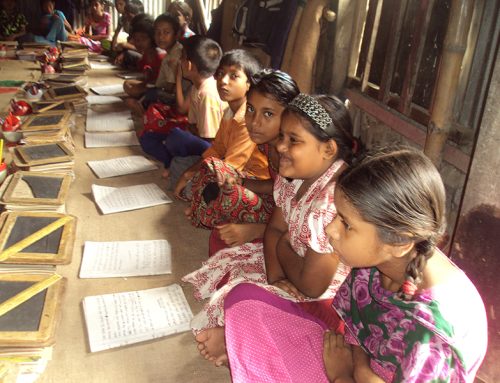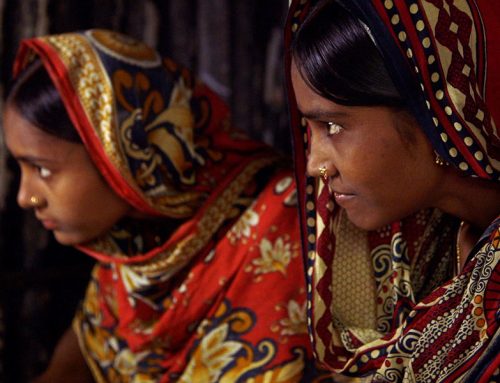Child Health
Green Touch addresses high neonatal mortality by improving newborn care services and the practices mothers relating to breastfeeding, keeping infants warm and dry and other essential interventions.
Our child malnutrition programs focus on improving household practices and knowledge, distribution micronutrient and de-worming medicines, providing forums to demonstrate active feeding and rehabilitation opportunities for severely malnourished children.
We reach primary school children with school-based health and nutrition activities that help them remain in school, and we collaborate with communities and local/federal governments to provide drinking water and hygienic sanitary facilities for schools.

Our Recent Activities
We reach primary school children with school-based health and nutrition activities that help them remain in school, and we collaborate with communities and local/federal governments to provide drinking water and hygienic sanitary facilities for schools.
We Belive In Change
Green Touch has started working in New York as well as in Bangladesh. Today, our program help improve the lives and well-being of millions of the country poorest and least-served children and families. Our work in health, education, food security and disaster preparedness, our ability to reach children and families in the
communities and our partnerships with dozen of government agencies, community groups and nongovernmental organizations to being programs to scale has made the Green Touch one of the premiere child assistance organization in Bangladesh. Challenges for Children: Over 40 million people in Bangladesh live below the poverty line. Most of these families do not own land, but live and farm in flood-prone areas. They face yearly natural disasters, inefficient agricultural technologies, limited employment, low wages, low education, a polluted environment and poor access to health services. Children’s malnutrition is widespread - some 50 percent of children under age 5 are malnourished. While significant strides have been in school enrolment, primary school completion rates, particularly among girls, remain very low, at less than 40 percent. Numbers at a Glance:




